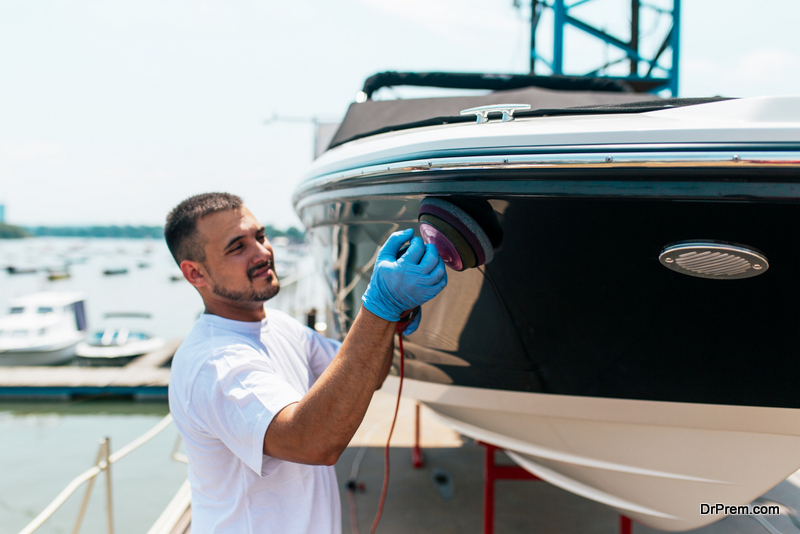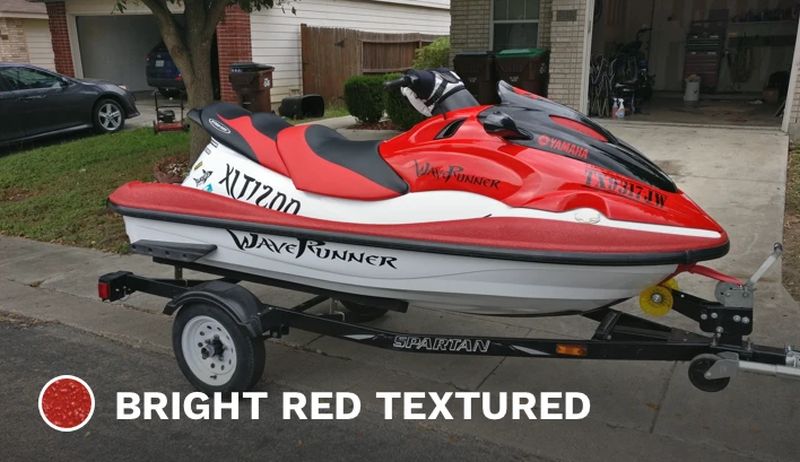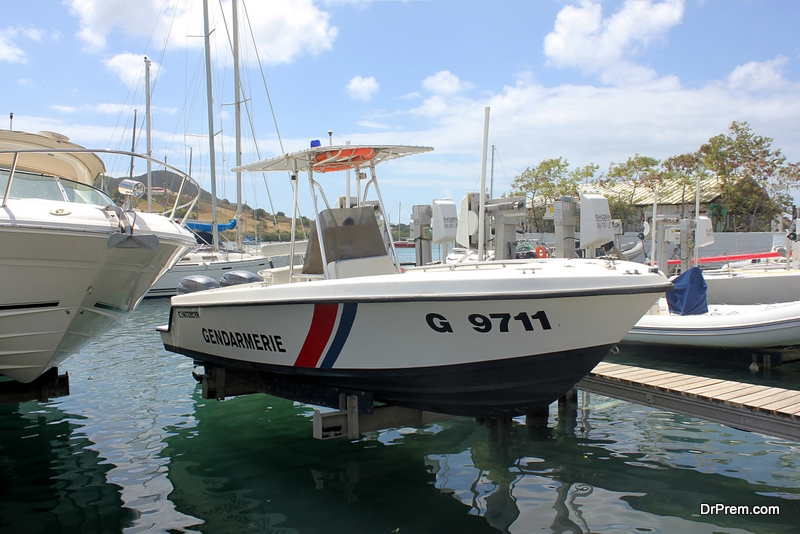The reason for owning a boat varies. It can be used for transportation, as a source of income, a second home, or as a way to relax or have some fun. Boat owners are careful in maintaining their boats because they know that it is difficult to get help if something goes awry while they are out in the water.
One of the primary concerns of boat owners is to ensure that their vessel sails smoothly, which means that they should take care of its coating. Several types of coatings are available in the market especially formulated to protect the boat’s exterior surface.
What are marine coatings?
 Marine coatings are specially formulated products that provide protective layers of waterproof material on the surfaces of marine vessels that are immersed or exposed to salt, brackish, or freshwater. Marine coatings are applied to a variety of watercraft, such as ferries, ships, and boats. They can also be applied to marine structures, like offshore oil rigs.
Marine coatings are specially formulated products that provide protective layers of waterproof material on the surfaces of marine vessels that are immersed or exposed to salt, brackish, or freshwater. Marine coatings are applied to a variety of watercraft, such as ferries, ships, and boats. They can also be applied to marine structures, like offshore oil rigs.
Types of coating paints for boats and other marine vessels
Marine corrosion and bacterial buildups typically occur in a marine environment, which affects the durability of the marine vessel. The problems cannot be left unattended because millions of dollars could be lost if the vessels, particularly large sea vessels, need repair. And the cost of repair could be astronomical.
To prevent the occurrence of marine corrosion and other problems, owners have to choose the right type of pro boat paint, as each one has specific functionality to protect the vessels from top to bottom.
There are four types of marine coatings, namely, foul release coatings, anti-corrosion coatings, anti-fouling coatings, and self-polishing and self-cleaning coatings.
1. Anti-corrosion coating
 The material prevents the dilapidation of the metal components of the vessel. The problem occurs due to the vessel’s exposure to oxidation, moisture, industrial or environmental chemicals, and salt. The anti-corrosion coating prevents contact between the metal surface and the corrosive materials through chemical protection, abrasion resistance, and non-stick performance.
The material prevents the dilapidation of the metal components of the vessel. The problem occurs due to the vessel’s exposure to oxidation, moisture, industrial or environmental chemicals, and salt. The anti-corrosion coating prevents contact between the metal surface and the corrosive materials through chemical protection, abrasion resistance, and non-stick performance.
2. Foul release coatings
This coating is applied to the hull of the marine vessel. A foul release coating provides the vessel with a slippery surface that prevents microorganisms from attaching to the hull. The coating does not prevent fouling but minimizes the grip of fouling organisms, forcing them to detach from the hull as the vessel moves. A foul release coating likewise provides resistance to mechanical damages.
3. Anti-fouling coating
The exteriors of boats and ships are usually applied with an anti-fouling coating to prevent the growth of microorganisms that can weaken the performance and sturdiness of the vessel. The protective coating produces ingredients that stop the organisms from settling on the vessel’s surface. Moreover, the anti-fouling coating improves the metal structures’ corrosion resistance.
4. Self-cleaning/self-polishing coating
The behavior of this type of coating is reached through the erosion process of the paint’s polymeric binder. The process releases the incorporated biocides constantly. The process cycle stops the growth of different types of marine life that can lead to corrosion on the vessel’s hull.
Bear in mind that it takes time to paint or perform maintenance work on a watercraft. Therefore, make sure to hire a professional to do the job.
Article Submitted By Community Writer




